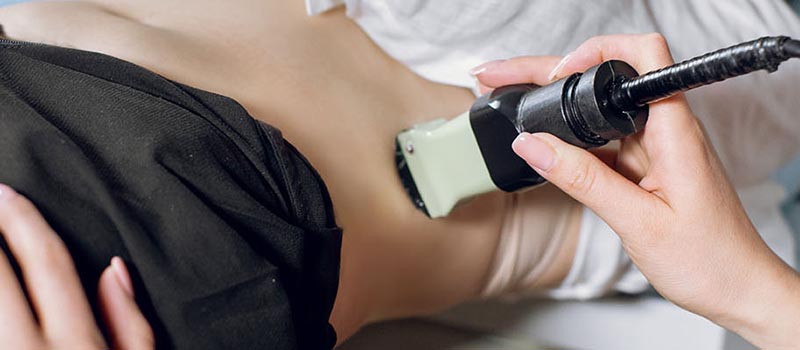Transurethral Microwave Therapy
Transurethral microwave therapy (TUMT) is an outpatient procedure to treat urinary symptoms caused by an enlarged prostate, also known as benign prostatic hyperplasia (BPH). In deciding on the right treatment choice, your doctor will consider how severe your symptoms are, what other health problems you have, and the size and shape of your prostate.
Why is transurethral microwave therapy used?
TUMT is used to ease complications resulting from blocked urine flow, such as:
- Frequent, urgent need to urinate
- Difficulty starting urination
- Slow (prolonged) urination
- Increased frequency of urination, especially at night (nocturia)
- Stopping and starting again while urinating
- The feeling you can’t completely empty your bladder
- Urinary tract infections
TUMT improves urinary flow in some, but not all, men. This procedure generally works better than medicines at improving urine flow, but not as well as surgical methods. It may take some time, from weeks to months, to see the results.
What are the advantages of transurethral microwave therapy over surgery?
TUMT has several advantages over surgery. These include:
- It can be done on an outpatient basis, so you don't have to stay at the hospital overnight
- It doesn’t require general or spinal anesthesia
- It has a lower risk of causing heavy bleeding
- It’s less likely to cause erectile dysfunction or other sexual side effects
- It’s an option for men who need to avoid surgery because of other health problems
What happens during and shortly after transurethral microwave therapy?
During TUMT, a small microwave antenna is inserted through the tip of your penis into the tube that carries urine from your bladder (urethra). The antenna emits a dose of microwave energy that will cause just enough heat to destroy the prostate tissue blocking your urine flow, but not enough to damage other tissue. TUMT takes about an hour and you’ll be given a local anesthetic to numb the prostate area.
After TUMT, you may have a tube (Foley catheter) inserted into the tip of your penis that extends into your bladder. This allows you to pass urine until you can urinate on your own.
Short-term side effects of TUMT can include:
- Blood in your urine (hematuria). This shouldn’t last more than a few days after the procedure
- Painful urination, difficulty urinating, or an urgent or frequent need to urinate. These symptoms usually improve within a few weeks
What are the long-term results of transurethral microwave therapy?
It may be several weeks or months before you see a noticeable improvement in urinary symptoms. That’s because your body needs time to break down and absorb overgrown prostate tissue that’s been destroyed by microwave energy.
After TUMT, it’s important to have a digital rectal exam once a year to check your prostate and screen for prostate cancer, as you would normally. If you notice any worsening urinary symptoms, make an appointment to see your doctor. Be aware that some men need retreatment in time.
What are the risks of transurethral microwave therapy?
As with all medical procedures, transurethral microwave therapy has certain risks. They include:
- Trouble urinating for a few days after the procedure
- Urinary tract infections (a possible complication after any enlarged prostate procedure)
- Narrowing of the urethra or bladder neck, which can make urination difficult and may require additional treatment to correct
- Dry orgasm (or retrograde ejaculation), which means semen released during sexual climax (ejaculation) enters your bladder rather than exiting the penis. Retrograde ejaculation isn’t harmful and generally doesn’t affect sexual pleasure, but it can interfere with your ability to father a child.
- Need for retreatment, either because symptoms return or because they never adequately improve.

